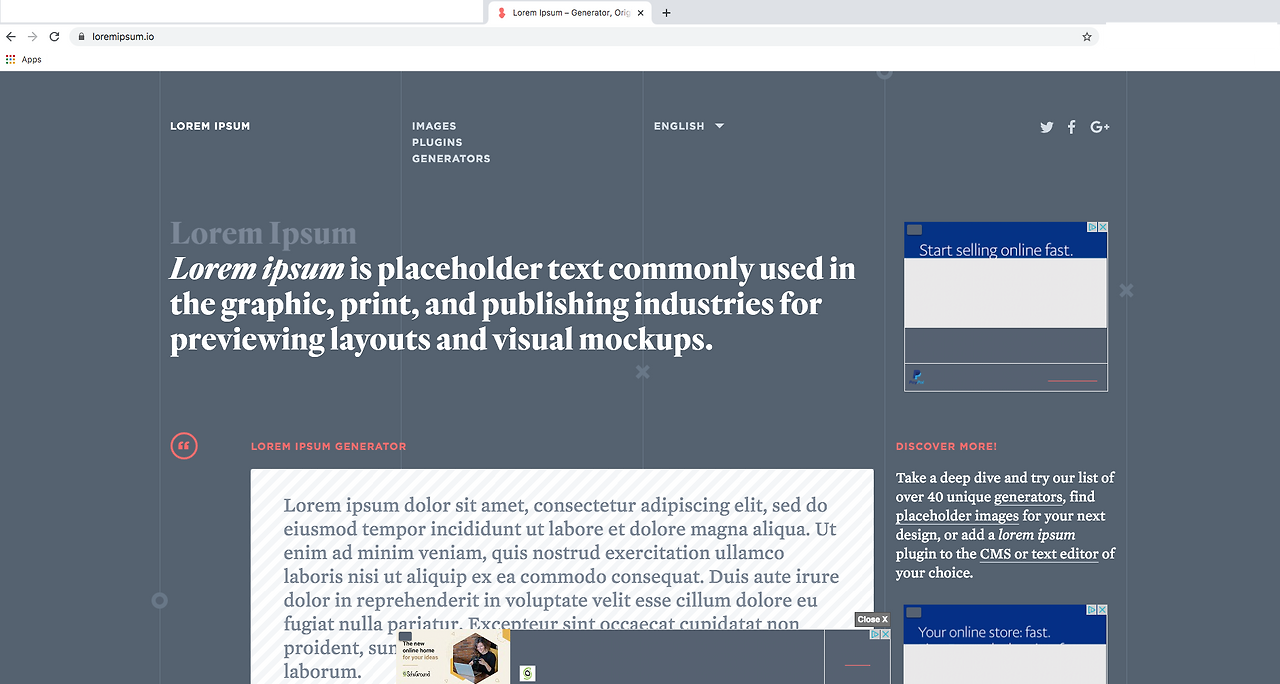
The documentation of Emmet is also well written, easy to understand and follow. But I will let you to figure them all out. We haven’t even mentioned how it works in CSS expanding. Quite exciting, isn’t it? But we’ve only touched the surface of Emmet. To repeat them in 5 times in paragraphs, type p*5>lorem and press Ctrl + Alt + Enter.

To generator the dummy text “Lorem ipsum”, type lorem or ipsum, and press Ctrl + Alt + Enter. Want a comment line? Type C and press Ctrl + Alt + Enter. Type div>ul>li and press Ctrl + Alt + Enter, you will get this, with the cursor flashing in the first li line. Įven better, you can use > operator to nest elements inside each other. Type #id and press Ctrl + Alt + Enter to have.

class and press Ctrl + Alt + Enter to have. Type a and press Ctrl + Alt + Enter to have with the cursor flashing in the middle of two quotes. To ease the pain writing standard html tag line like a, div. Type ! or html:5, and press Ctrl + Alt + Enter. Or you can use the quick keyboard shortcut like Ctrl + Alt + Enter. Type in Emmet’s very simple syntax, and go to Plugins menu, Emmet, and choose Expand or other command. Check Emmet from the list, and click Install. Open Notepad++, go to Plugins, and Plugin Manager. Since I am using Notepad++ as my main editor, I am going to show these examples using Notepad++. Well, what does exactly mean to a web developer? And why it’s so good? Let me show you a few examples.

But Emmet takes this snippet idea to a whole new level: you can type CSS-like expressions that can be dynamically parsed, and produce output depending on what you type in the abbreviation. It’s basically an essential toolkit for web developers who are, well, not using tools like Visual Studio.Īs a coder in general, we all know what a snippet is and we all have a chunk of them stored to boost our coding productivity.

Emmet, formerly called Zen Coding, is a plugin tool for most of the popular text editors that greatly improves HTML & CSS coding efficiency and accuracy.


 0 kommentar(er)
0 kommentar(er)
